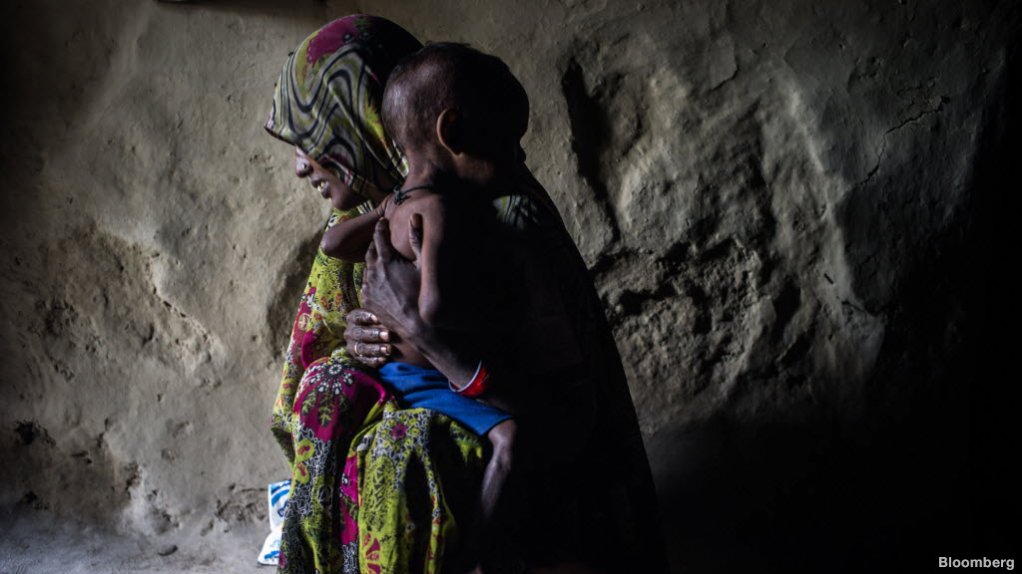The number of South Africans benefiting from social grants has more than doubled over the last ten years, from 12.7% to 30.2% of the population, National Treasury revealed on Wednesday.
Similarly, provincial social development budgets were estimated to have almost doubled for the period between 2010/11 and 2016/17, from R10.2-billion to R17.5-billion, Treasury revealed in the thirteenth edition of the Provincial Budgets and Expenditure Review.
The review was intended to provide a consolidated picture of provincial finances during what government described as a period of “exceptional turbulence” in the global and South African economy, as well as act as an indication of budget transparency.
The review further found that provincial expenditure on social development increased from R9.9-billion in 2010/11 to R13.8-billion in 2013/14.
There was also a decline in underspending from R398-million to R138-million over the same period.
The compensation of social workers and community caregivers by government increased by an average of 14.9% a year, from R3.9-billion in 2010/11 to R5.8-billion in 2013/14; however, the increase in this budget had not been sufficient for the number of social work graduates that needed to be absorbed.
“Total expenditure [on social development] grew at a yearly average rate of 11.8% up to 2013/14, and is projected to continue to grow at 8.2% over the 2014 medium-term expenditure framework.
“Building sustainable communities remains a major issue. Since 1994, access to social and basic services has grown rapidly; however, the sustainability of some of these communities is debatable,” Treasury said in a summary of the report.
FINANCIAL REFORM
Commenting on the medium-term outlook for domestic social development, Treasury stated that the strengthening of social welfare services required a range of interventions and that additional funding and the reform of the financing framework and policy alone would not be sufficient.
“However, reform which focuses, firstly, on the effectiveness of financing processes and, secondly, on financing principles, rules and tools should create more funding stability and certainty, improve the ability to plan and increase the focus on service delivery,” it held.
A key area requiring attention over the medium-term, it added, was a comprehensive sector response to the funding of social welfare services and how this guided the partnership and funding arrangements with nonprofit organisations (NPOs).
“While government is currently constrained by slow economic growth and limited resources, a long-term approach to the funding of social welfare services and NPOs needs to be developed,” it outlined.
DELIVERY MECHANISMS
Treasury, meanwhile, made several other observations based on the findings of the review, stating that there remained a need to improve infrastructure delivery and that sharp increases in provincial capital budgets had not been matched by the quality of delivery mechanisms.
“Provinces need to absorb and entrench good practices in infrastructure planning, budgeting and implementation,” it maintained.
It also suggested that personnel expenditure trends be “examined” and that a comprehensive, coordinated initiative was required to bring about sound financial management across the public sector.
Provinces had, meanwhile, started to moderate the growth in staff numbers, with provincial staff numbers declining from 920 826 in 2012 to 915 569 in 2014.
“The practice of making appointments without sufficient funds in budgets is not as prevalent in provinces as it was during the implementation of the Occupation-Specific Dispensation.
“Nevertheless, because of continuing civil service wage demands, the cost of government employment has consistently risen above inflation. Compensation of employees in provinces has risen by a yearly average of 9.6% since 2010/11, from R193.5-billion to a projected R310.8-billion in 2016/17,” Treasury revealed.
The review found that provincial own revenues had risen from R10.3-billion in 2010/11 to R14.4-billion in 2013/14, and were set to increase to R15.3-billion in 2016/17.
Provincial spending on education grew to R227-billion in 2013/14, while spending on health by the provinces increased by 10% a year, reflecting what Treasury believed was a considerable prioritisation of health services by provincial legislatures and treasuries.
“However, prioritisation within provincial health departments themselves still needs to improve,” it noted.
Within other nonsocial sector functions, such as roads, public works and infrastructure development, the primary reasons for underperformance were a lack of adequate technical skills, poor planning, poor asset management and poor costing of spending items, such as leases.
EMAIL THIS ARTICLE SAVE THIS ARTICLE
To subscribe email subscriptions@creamermedia.co.za or click here
To advertise email advertising@creamermedia.co.za or click here











